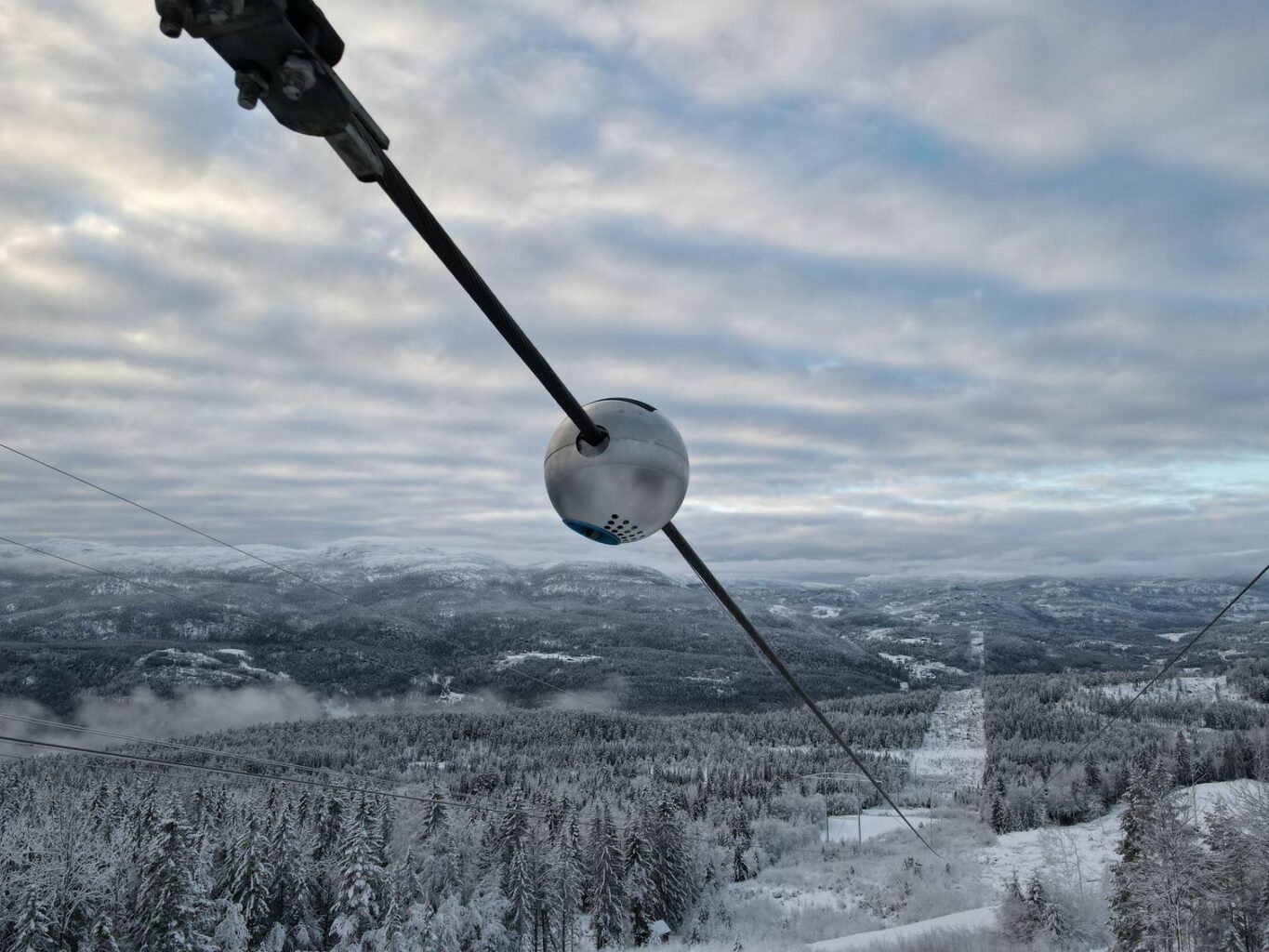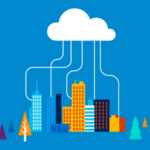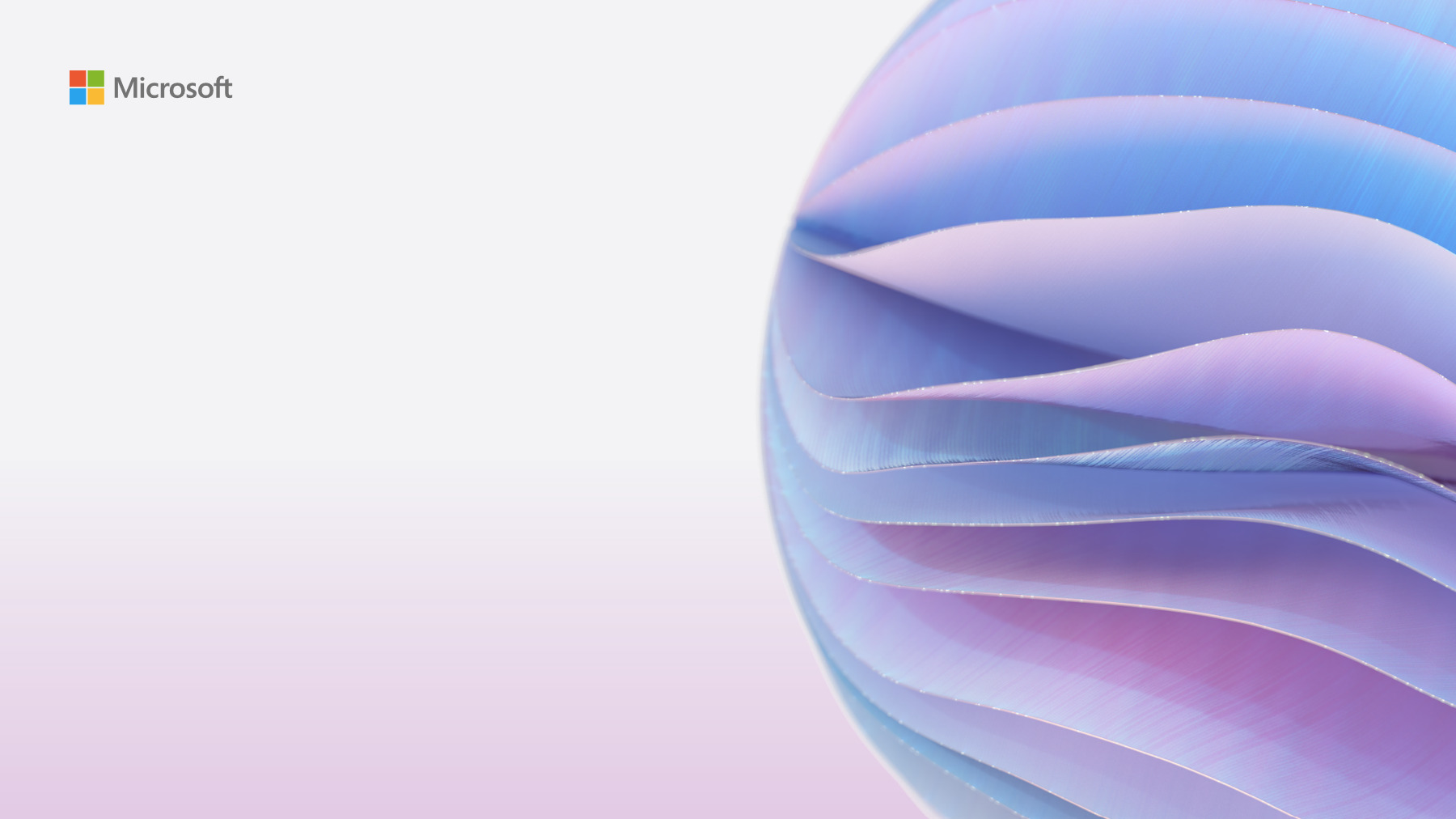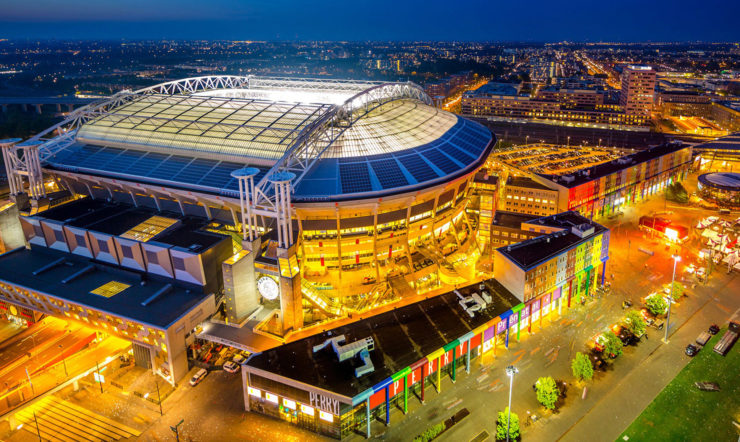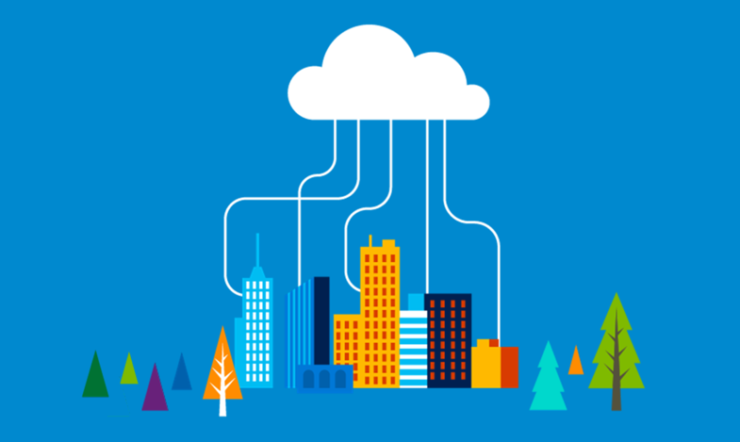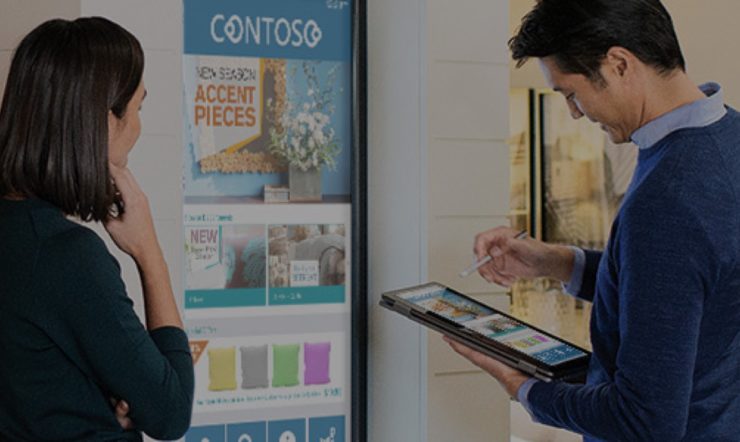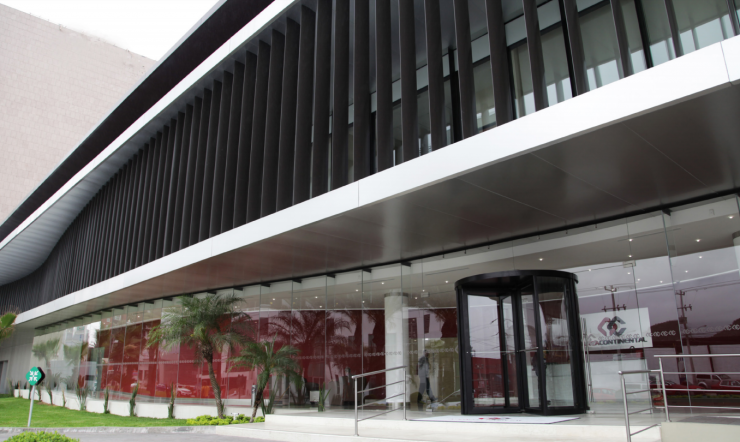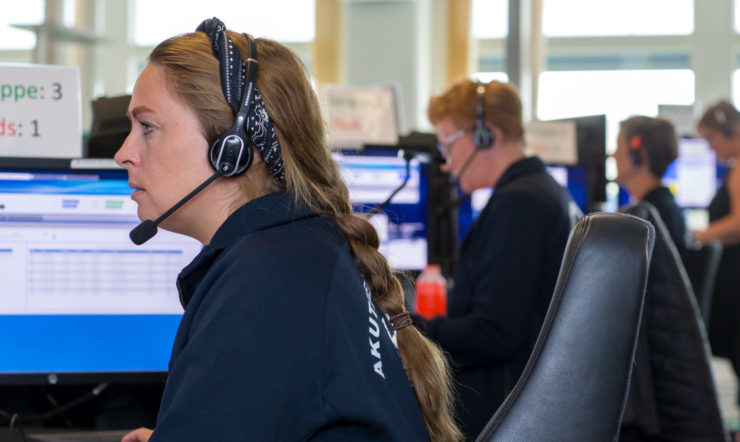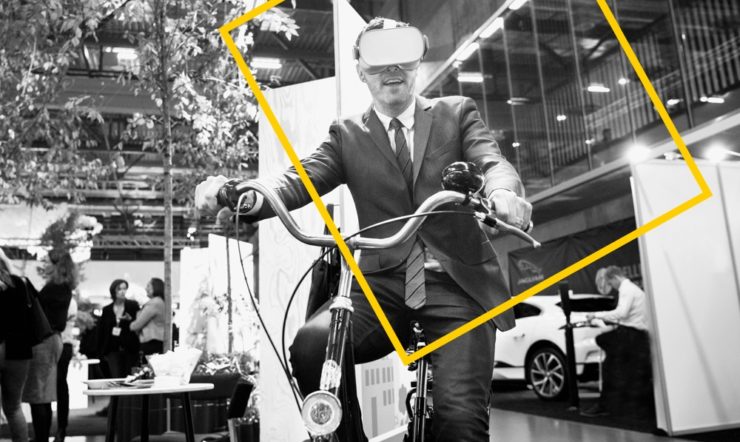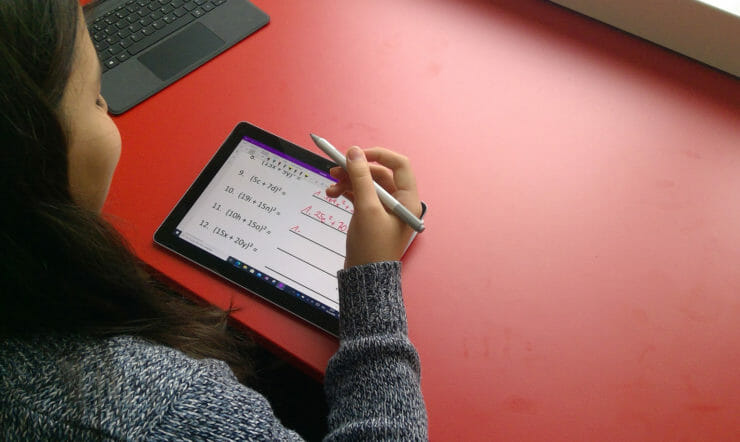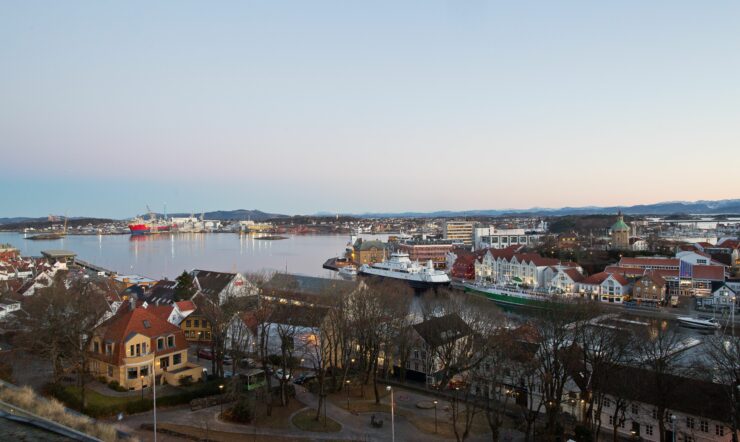Heimdall Power’s unique combination of cloud-based software and hardware can boost power grid efficiency by up to 40 percent. The technology is powered by reliable Azure services.
The demand for electricity is growing, driven by increased manufacturing, electric vehicle sales, and data centers for online services and AI.
While building large-scale wind and solar power systems is becoming cheaper, the cost of adding new transmission lines is not. Amid the global shift from fossil fuels to green energy, meeting climate goals requires not only new infrastructure but also smarter utilization of existing resources.
That is exactly the issue Heimdall Power is solving:
«With our technology, we can increase the capacity of power lines by up to 40 percent on average,» says Magnus Helgeby, Head of Product at Heimdall Power.
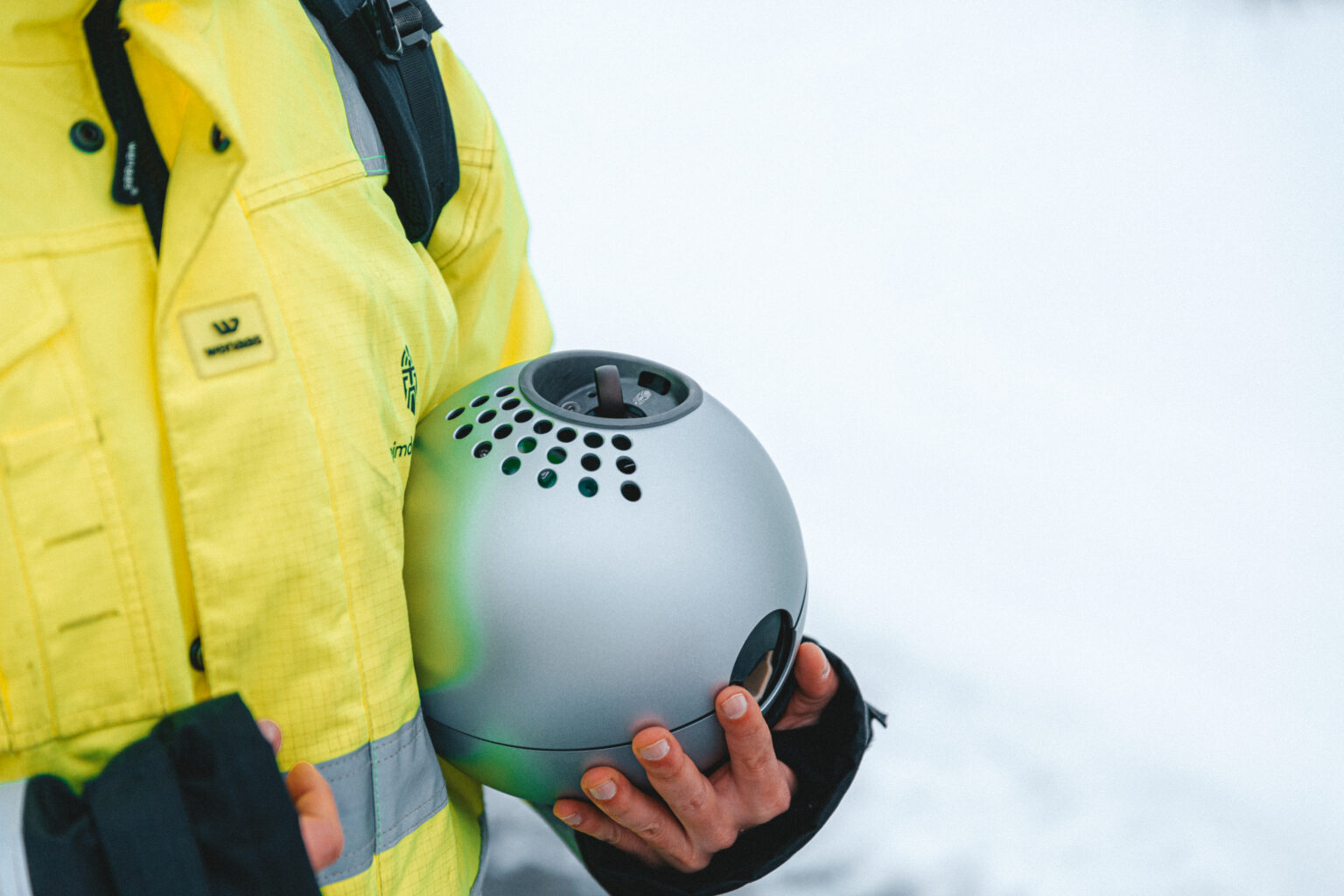
Heimdall Power’s «magic ball» – a sphere full of advanced IoT sensors, placed directly on power lines using autonomous drones. All photos: Heimdall Power
«That’s a pretty significant number. With up to 40 percent more power from the existing power lines, new renewable power generation can be connected, new industries can be supported, and we can even help power the AI revolution—all without waiting 7-12 years for new transmission infrastructure to be built,» Helgeby adds.
Heimdall Power is an ideal example of a startup success story: What began as a great idea eight years ago, has grown into a scale-up serving utility customers in 17 customers worldwide.
Recently, the company’s CEO, Jørgen Festervoll, even visited the White House to demonstrate how their technology can maximize the efficiency of the power grid, showcasing its potential to make electricity more reliable, affordable, and sustainable.
The power of «magic balls»
What makes Heimdall Power unique is that they provide both cutting-edge software and hardware, in the form of industrial IoT sensors. These components work together in a streamlined, integrated system, to ensure the best possible efficiency and performance.
The crown jewel of their product line is what they call Neurons. These «magic balls», about the size of a bowling ball, are in fact advanced IoT devices, equipped with a variety of sensors—installed directly on the power lines within seconds, using autonomous drones.
The Neuron measures a range of factors, including temperature, current, inclination, and several other variables that affect the power grid and its capacity.
Festervoll compares it to a speedometer:
«The limiting factor of a power line is the temperature of the line, think of this as the speed limit. Without software and sensors to measure the temperature, grid operators are basically driving without a speedometer. To avoid speeding utilities “drive” their grids very conservatively, typically 30-40% below the actual speed limit.»
«At Heimdall Power, we use software and sensors to provide utilities with the speedometer, enabling them to drive closer to the speed limit, increasing the utilization of their power lines in a safe, fast and cost-effective manner,» Festervoll says.

Jørgen Festervoll, CEO Heimdall Power.
The Neuron harvests power directly from the electromagnetic field of the power lines, so it is totally self-sustaining without any need of maintenance.
«These sensors also generate a really unique dataset that can be used for various AI and machine learning applications, such as predictive maintenance, asset health, and fault detection.» adds Helgeby.
Cloud-based software, designed for real-time analysis
Even though the hardware is impressive, the software they develop might be the most important aspect of the company.
«We provide advanced grid monitoring software with capabilities for managing and analyzing high-voltage power lines,» says Helgeby.
The software has been designed for power grid professionals from the very beginning, resulting in a simple and intuitive product. As Heimdall helps monitor critical infrastructure, the requirements for both security and data quality are extremely high.
While Heimdall’s physical neurons are placed directly on the power lines, the software also includes virtual neurons—software based sensors—that help measure capacity on the rest of the grid by combining data such as weather forecasts, asset data, and more.
This ensures a scalable solution that can be deployed for the whole grid, and not just in certain locations.

Magnus Helgeby, Head of Product at Heimdall Power.
Powered by Azure
Heimdall Power leverages multiple solutions from Azure, their chosen technology platform for their software:
«With Azure, we have a secure foundation on which to scale. We know that the infrastructure we use is robust and reliable, enabling us to realize our vision of optimizing power grids globally through new technology», Helgeby says.
After graduating from Microsoft’s development program Azure for Startups, Heimdall has grown into an international company. Manuel Aymerich, a Cloud Solution Architect at Microsoft, has closely followed their growth and has attentively worked with the team, supporting them at every step of their Azure journey.
Reflecting on their journey, he remarks:
«Heimdall Power is such an inspiring company. They have demonstrated a remarkable ability to realize their ambitions to modernize the power grid and increase its capacity through innovative Azure-based solutions. I am confident that their innovation and international expansion efforts will make a significant difference in creating a more sustainable future.»


